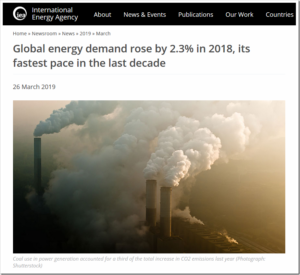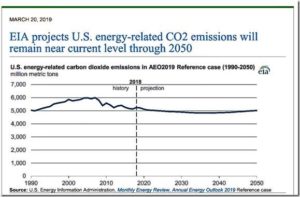by Natasha Doff, November 7, 2019 in Bloomberg
Bloomberg) — Russia has ditched plans to set greenhouse-gas emissions targets for companies as a sign of its commitment to fighting climate change, following lobbying from big businesses that risked fines if they didn’t comply.
The measure was part of a bill intended to accompany Russia’s ratification of the 2015 Paris Agreement on climate change in September. Instead, the world’s fourth-largest carbon polluter scrapped the proposal after the Russian Union of Industrialists and Entrepreneurs (RSPP) warned it would raise costs for companies and delay investment.
“After consultations with the government, it was decided to abandon the specific regulatory requirements,” the press department of the Economy Ministry, which is drafting the bill, said by email. “The government will have the right to decide after Jan. 1, 2024 what measures to introduce if Russia is forecast to miss its emissions targets.”
…



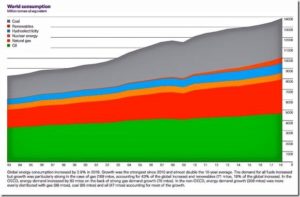
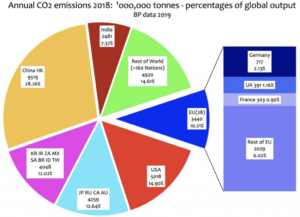
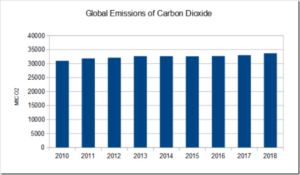


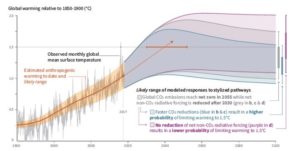
 Average CO2 emissions from new cars rose in 2017 for the first time since 2010 — largely due to the fuel change, according to final data
Average CO2 emissions from new cars rose in 2017 for the first time since 2010 — largely due to the fuel change, according to final data 
